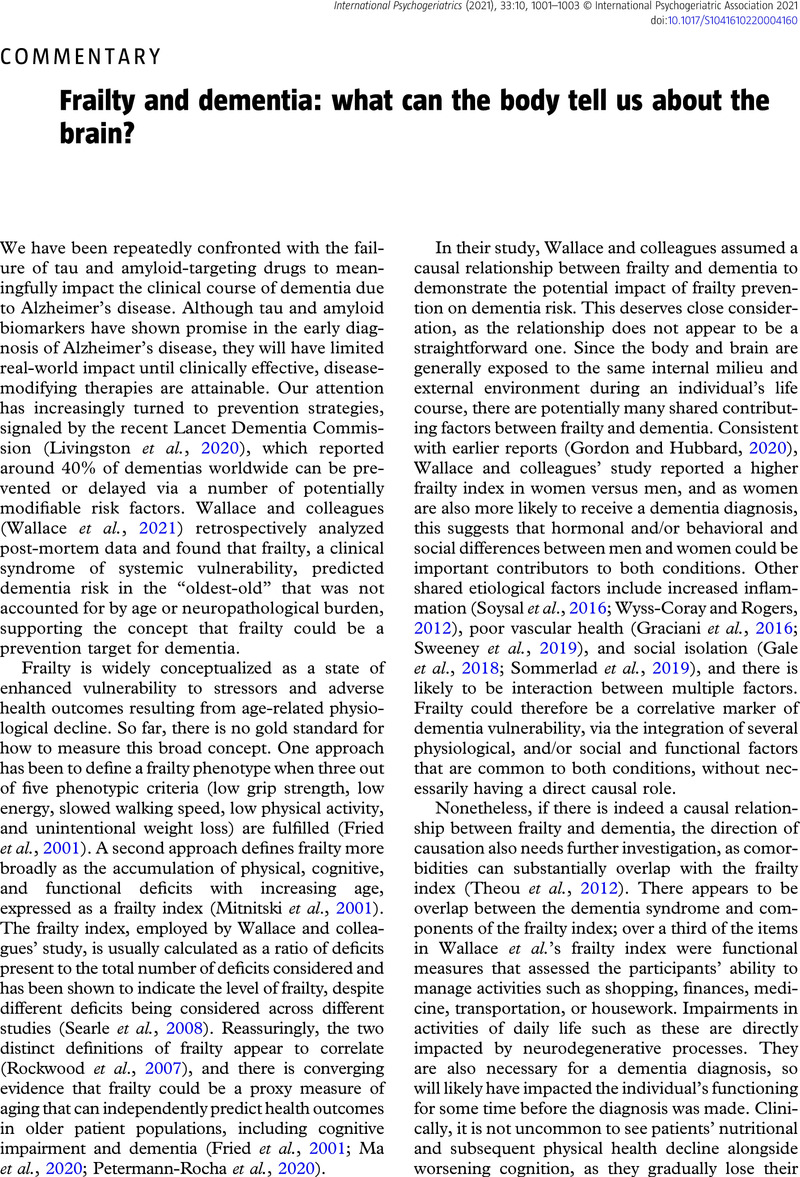Crossref Citations
This article has been cited by the following publications. This list is generated based on data provided by Crossref.
Zhou, Qi
Li, Yao
Gao, Qiang
Yuan, Huiping
Sun, Liang
Xi, Huan
and
Wu, Wenbin
2023.
Prevalence of Frailty Among Chinese Community-Dwelling Older Adults: A Systematic Review and Meta-Analysis.
International Journal of Public Health,
Vol. 68,
Issue. ,
Li, Xiaoping
Li, Xiaoguang
Sun, Lu
Yang, Liu
Wang, Congzhi
Yuan, Ting
Lei, Yunxiao
Li, Jing
Liu, Mingming
Zhang, Dongmei
Hua, Ying
Liu, Haiyang
and
Zhang, Lin
2024.
The bidirectional relationship between activities of daily living and frailty during short-and long-term follow-up period among the middle-aged and older population: findings from the Chinese nationwide cohort study.
Frontiers in Public Health,
Vol. 12,
Issue. ,



